Welcome to our Marina Alta wine shop. We are proud to offer a carefully chosen selection of the best wines produced in this beautiful region. You will find a wide variety of red and white wines from the Marina Alta.
Contenido
ToggleBuy wines from La Marina Alta
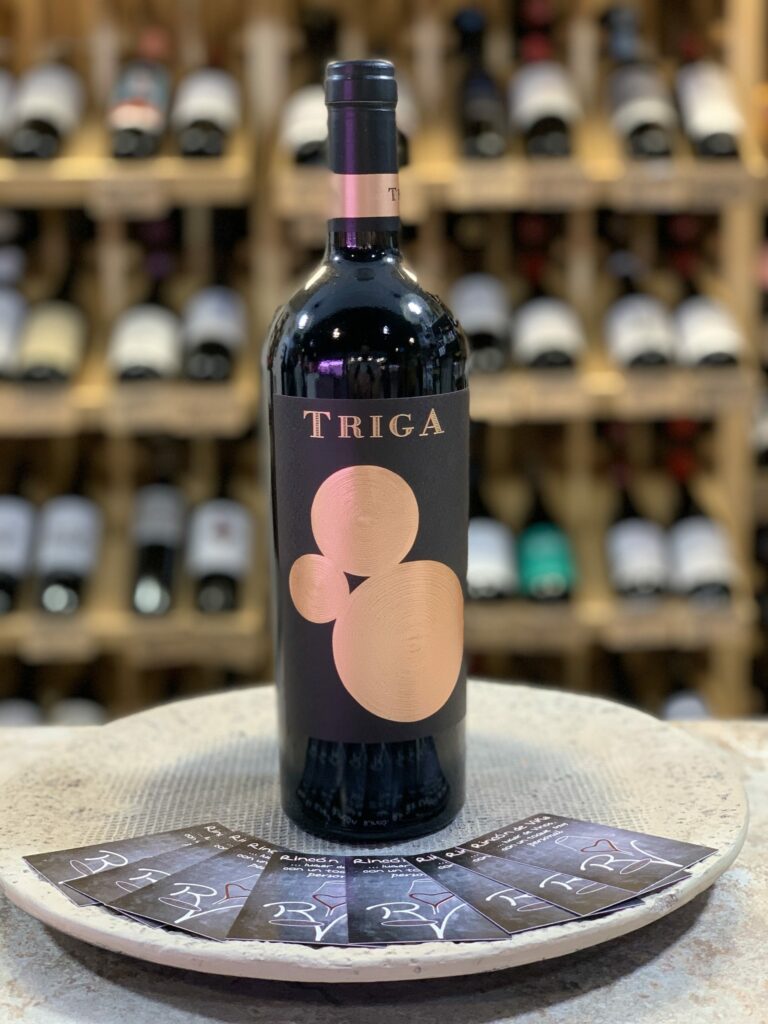
Triga Red Wine
The red wine Triga is a high quality wine produced in the Marina Alta, a region located in the province of Alicante. This wine is the result of a careful selection of Monastrell grapes grown in vineyards in the region. Triga is an intense red wine, deep ruby red in colour, with complex aromas and notes of ripe fruit, spices and toasted wood.
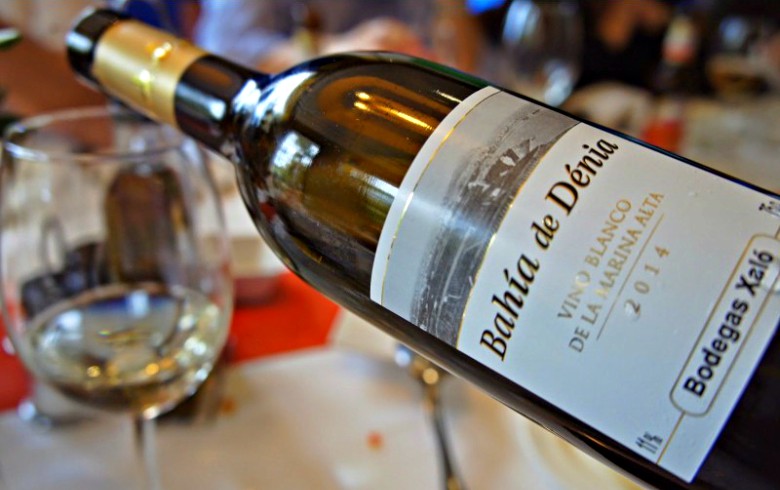
Alicante Bahía de Dénia White Wine
The Alicante Bahía de Denia white wine is a high quality white wine produced in the Marina Alta, a region located in the province of Alicante. This wine is the result of a careful selection of grapes of the Moscatel and Macabeo varieties, grown in vineyards in the region.
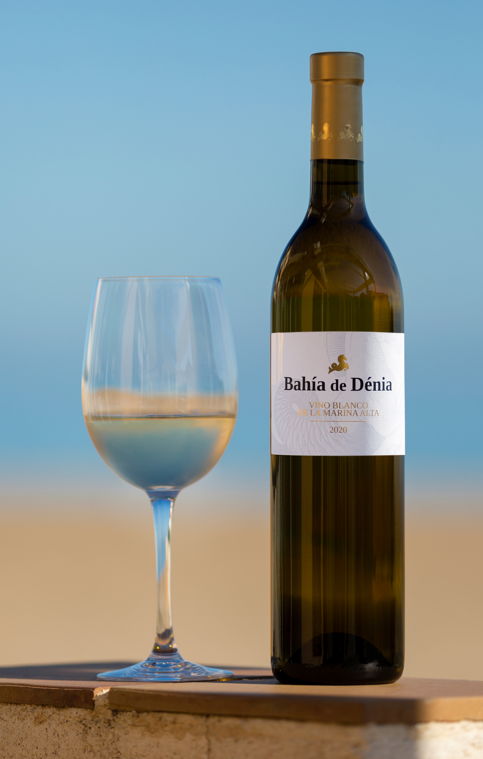
Denia Bay 2020
Bahía de Denia 2020 is a young and fresh white wine produced in the Marina Alta, a region located in the province of Alicante. This wine is the result of a careful selection of Moscatel and Macabeo grapes grown in vineyards in the region. Bahía de Denia 2020 is a bright and clean white wine, with intense and fresh aromas of tropical and citrus fruits, with floral and herbaceous notes.
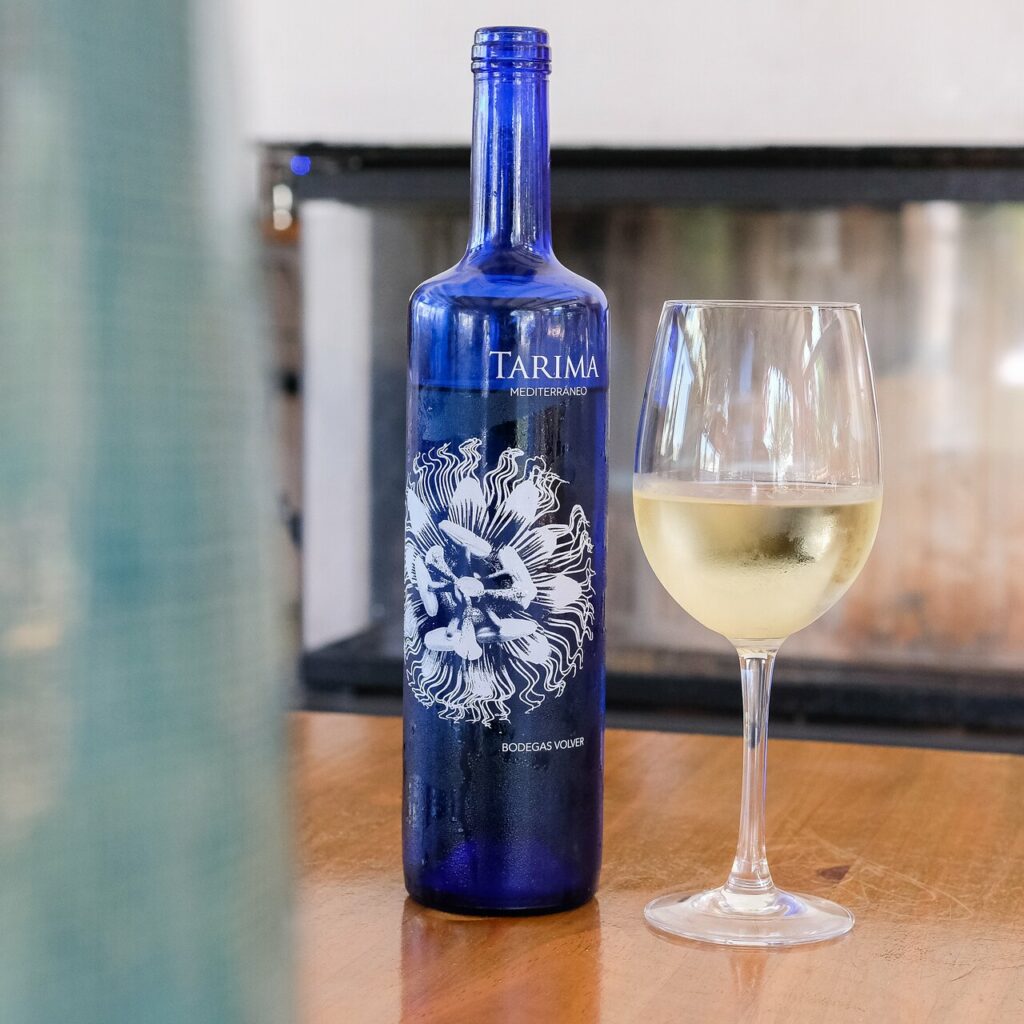
White Wine Tarima Mediterraneo
Tarima Mediterraneo White Wine is a high quality white wine. This wine is the result of a careful selection of Moscatel and Airén grapes grown in vineyards in the region. Tarima Mediterráneo is a bright and clean white wine, with intense and fresh aromas of tropical fruits and citrus, with notes of herbs and wild flowers.
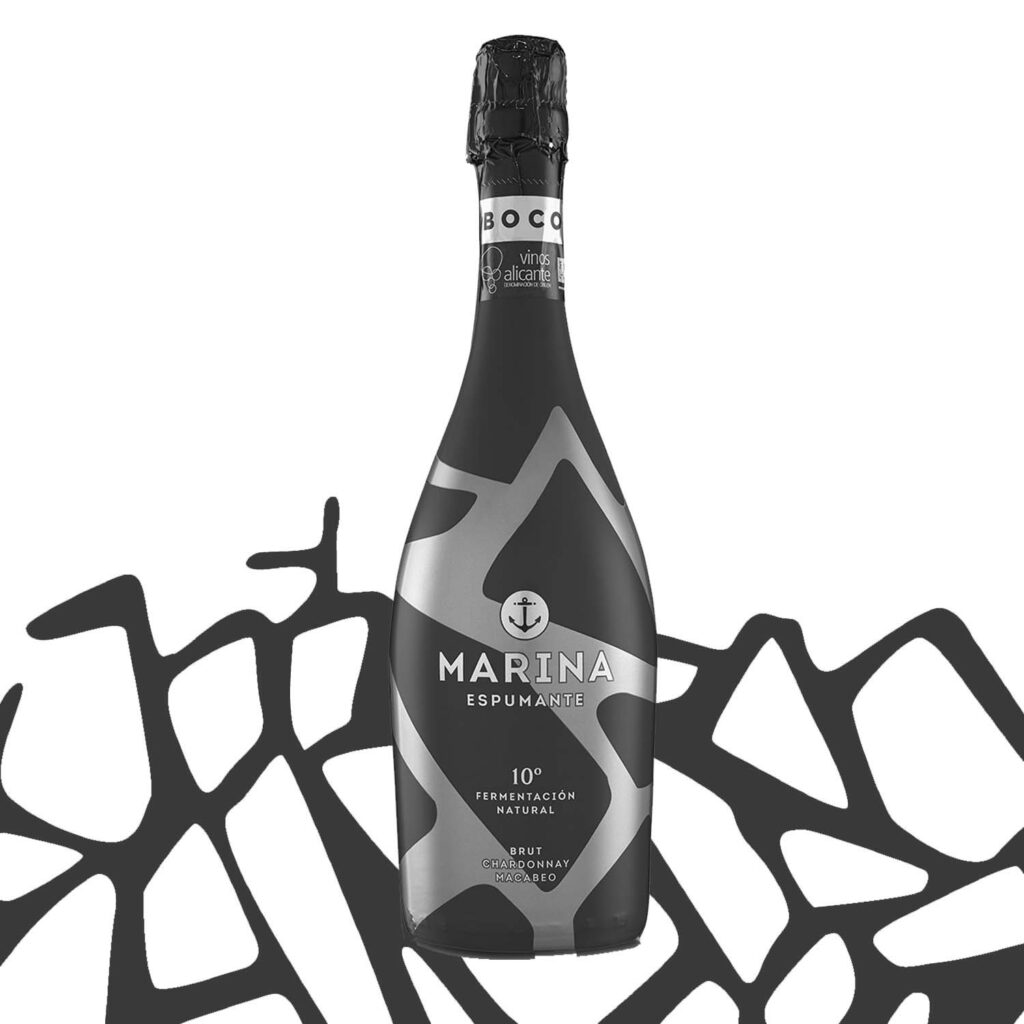
Marina Sparkling Brut
MARINA ESPUMANTE BRUT is a sparkling wine produced in the Marina Alta region, in the province of Alicante, in the Valencian Community, Spain. This sparkling wine is produced by the traditional method, also known as “champenoise method”, using grapes of the Muscatel variety grown in the vineyards of the region.

Marina Alta White Wine
The MARINA ALTA white wine is a wine produced in the region of Marina Alta, in the province of Alicante, in the Valencian Community, Spain. This wine is the result of a careful selection of Moscatel and Macabeo grapes grown in vineyards in the region. In the mouth it is smooth and balanced, with a refreshing acidity and a long and persistent finish.
More information
La Marina Alta is a region located in the province of Alicante, in the Valencian Community, Spain, which has a long tradition of wine production. The region is located between the mountains and the sea, which provides a great diversity of soils and microclimates that favour the variety of grapes and the quality of the wines.
The wines of the Marina Alta are mainly made from Moscatel, Macabeo, Garnacha and Monastrell grapes. The white wines are fresh and aromatic, with notes of tropical fruits and citrus fruits, while the red wines are intense and structured, with aromas of red fruits and spices. Rosé, sparkling and sweet wines are also produced.
Among the most outstanding wineries in the Marina Alta are Les Freses del Montgó, Bodegas Xaló, Bodegas Parcent, Bodegas Gutiérrez de la Vega and Bodegas Casa de la Ermita. The wines of the Marina Alta are characterised by their quality, personality and Mediterranean character, reflecting the richness and diversity of this beautiful region of the Valencian Community.
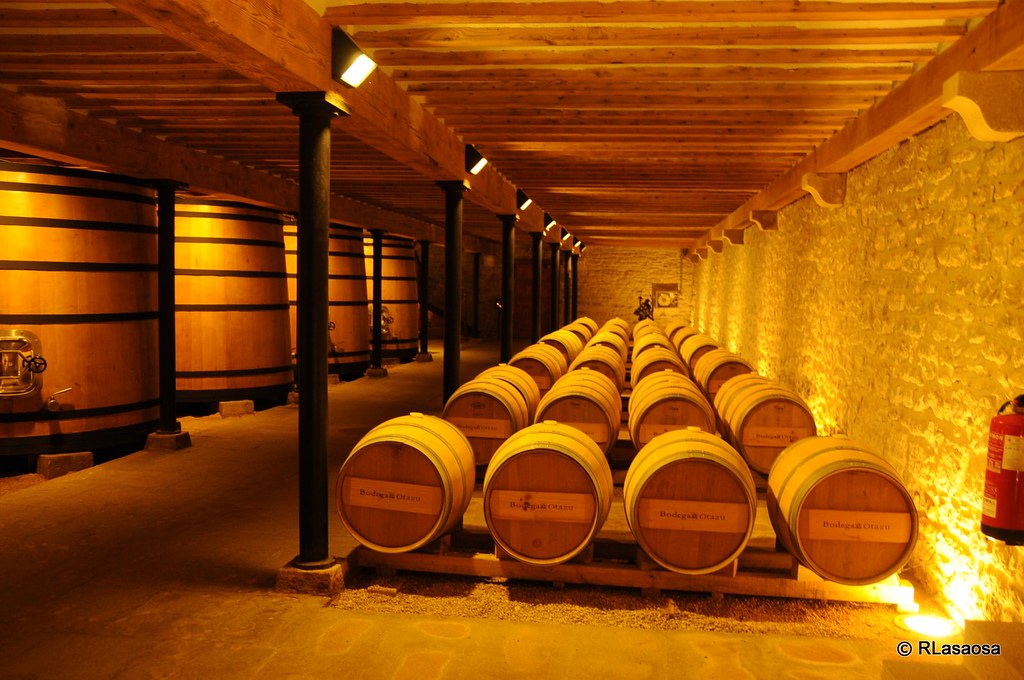
Other Marina Alta Wines
Here are some of the brands of wines produced in the Marina Alta with a brief description of each one:
– Cueva del Gigante:
It is a winery that produces red and white wines with Monastrell and Moscatel grapes. Its wines are characterised by being intense and aromatic.
– Parcent:
A brand that produces red and white wines with grapes grown in the Alicante region. Their wines are known for having a fresh and fruity taste.
– Enrique Mendoza:
This winery makes red, white and rosé wines from Monastrell grapes. Their wines are known for being intense and aromatic, with a touch of oak.
– Les Freses del Montgó:
This brand produces red, white and rosé wines with Monastrell grapes and other varieties native to the region. Their wines are known for being balanced and aromatic.
These are just some of the brands of wines produced in the Marina Alta, each with their own characteristics and style. The region has a wide variety of wineries and wines that reflect the richness and diversity of this beautiful region of the Valencian Community.
Wine Production
The province of Alicante, in the Valencian Community, Spain, is known for its tradition of wine production. However, there are some specific characteristics that make Alicante wines unique. The following is a general description of the winemaking process in the province of Alicante:
1. Harvest:
The grape harvest, which is the harvesting of the grapes, is carried out at the optimum moment of ripeness of the grapes. This usually takes place in the months of August to October, depending on the type of grape and the climate of the season. The grapes are harvested by hand or by machine and transported to the winery for processing.
2. Destemming:
Once the grapes have been harvested, destemming is carried out, which consists of separating the grapes from the bunches and removing the stalks. This is done to prevent the bitter flavours of the stalks from affecting the taste of the wine.
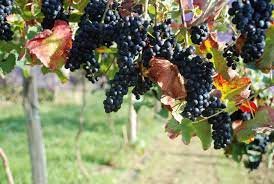
3. Fermentation:
Next, the grapes undergo fermentation, which is the process in which the sugars present in the grapes are converted into alcohol. In Alicante, both fermentation in stainless steel tanks and in oak barrels are used, depending on the type of wine being made. The natural yeasts present in the grapes or selected yeasts are used to start the fermentation.
4. Ageing:
Some Alicante wines, especially red wines, are aged in oak barrels. During the ageing process, the wine is kept in oak barrels, which gives it additional characteristics and flavours. The ageing time varies according to the style of wine and can last from a few months to several years.
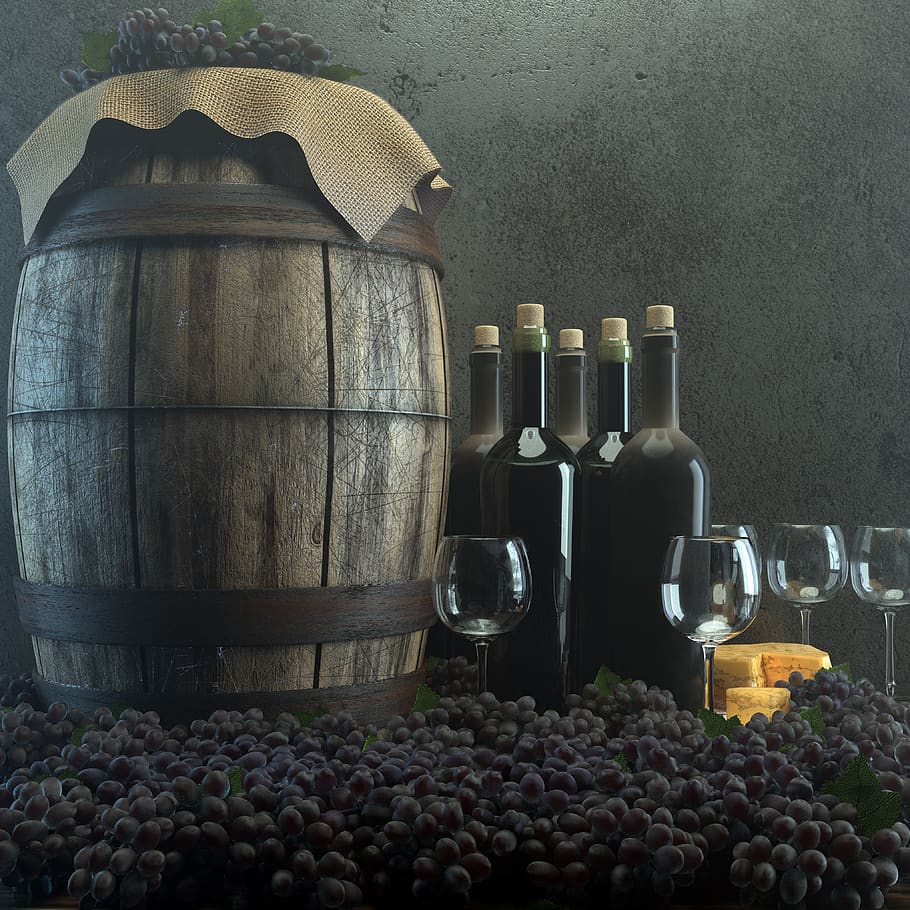
5. Blending:
After fermentation and ageing, blending takes place, where different wines are combined to obtain the desired flavour profile. This is done to obtain a balanced and harmonious wine.
6. Clarification:
The wine is then clarified, which involves removing any sediment or impurities from the wine. This can be done by methods such as filtration or decanting.
7. Bottling:
Finally, the wine is bottled and sealed with cork or screw caps, depending on the type of wine and the winemaker’s preferences. The bottles are then labelled and stored for distribution and sale.
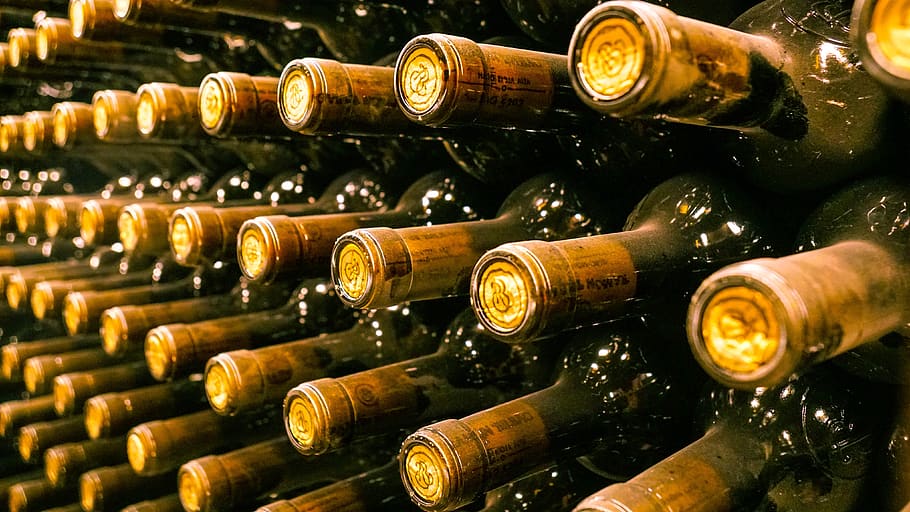
It is important to note that the winemaking process may vary depending on the winery and the type of wine being produced.
Types of Wines
There are a wide variety of wine types produced around the world, and they can be classified according to several criteria, such as colour, taste, region of origin, method of production and other factors. Some of the most common types of wines are:
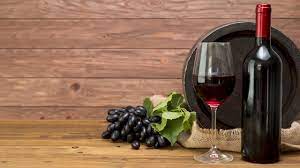
-Red wine:
Red wine is made from red grapes, and is characterised by its red colour due to the fermentation of the must together with the skins and seeds of the grapes. Red wines can vary in taste, body and style, from young and light wines to mature and full-bodied wines, with a wide range of flavours and aromas.
-White wine:
White wine is made from white grapes or from red grapes from which the skins are removed before fermentation, resulting in a yellow or golden coloured wine. White wines tend to have a fresher and lighter taste compared to red wines, with a wide range of flavour profiles, which may include citrus, floral, fruity or mineral notes.
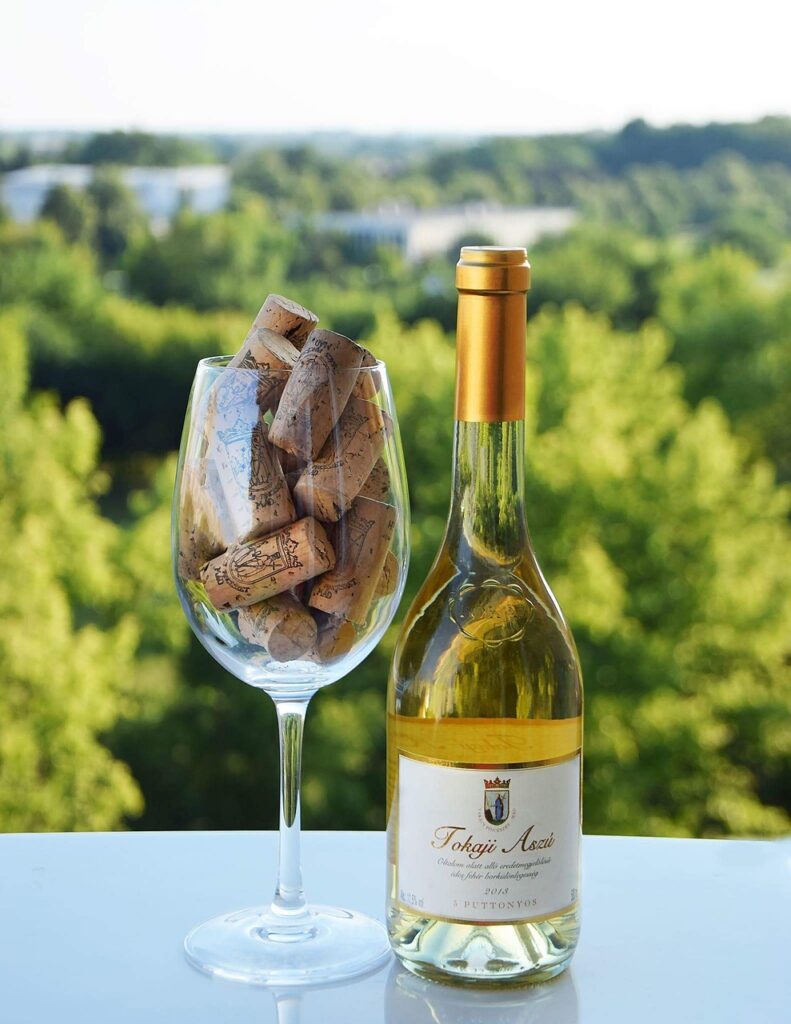
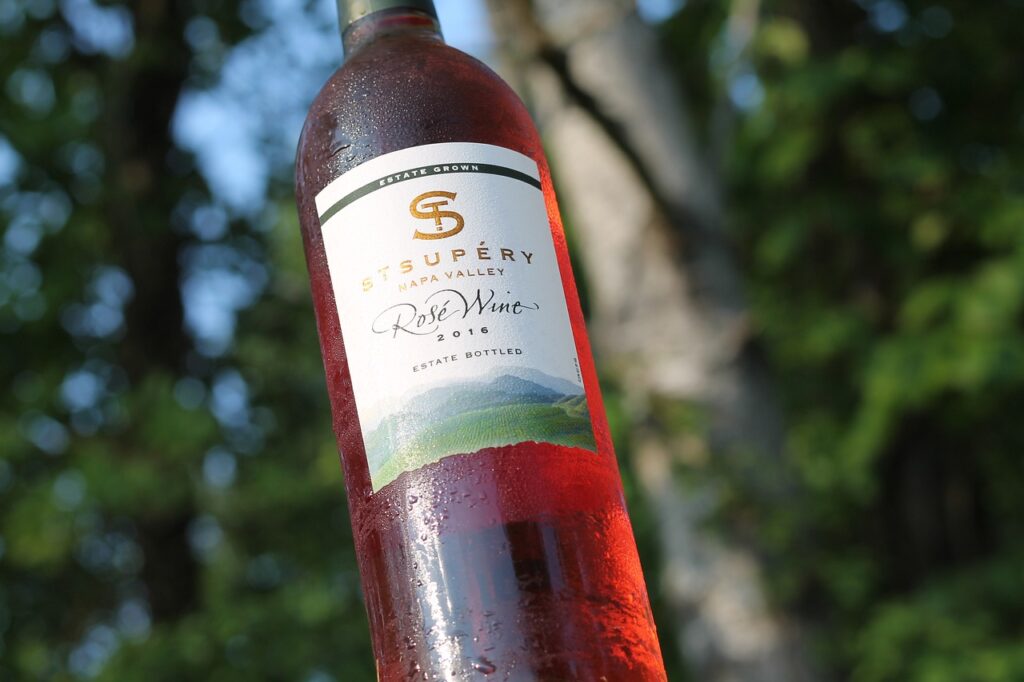
-Rosé wine:
Rosé wine is made from red grapes, but is fermented for a shorter time with the skins, resulting in a pink or salmon colour. Rosé wines can vary in style from dry and fresh to sweeter, fuller-bodied wines, and tend to have fruity and refreshing flavour profiles.
-Sparkling wine:
Sparkling wines are wines containing carbon dioxide bubbles, which are produced through a second fermentation in bottle or tank. Champagne, cava, prosecco and sparkling wine are some examples of well-known sparkling wines. They can be white or rosé, and vary in style and sweetness.

These are just a few examples of the most common types of wine, and there are many other categories and styles of wine depending on the region of origin.
Frequently Asked Questions
Red wine is made from red grapes and is fermented with the skins, which gives it its red colour and tannins. White wine is made from white grapes and is fermented without the skins, which gives it its yellow or golden colour. Rosé wine is made from red grapes, but is fermented with the skins for a short time to obtain a pale pink colour.
Wine should be stored in a cool, dark place without sudden changes in temperature. Ideally, it should be kept in a horizontal position to keep the cork moist and prevent it from drying out. In addition, it is important to avoid exposure to direct sunlight and strong odours that may affect the taste of the wine.
Red wine is served at room temperature or slightly chilled, between 16-18°C, while white wine is served chilled, between 8-12°C. Rosé wine is served at a similar temperature to white wine. It is recommended to use suitable wine glasses, filling them only halfway to allow the aromas to concentrate.
The term “vintage” on a bottle of wine refers to the year in which the grapes from which the wine was made were harvested. It is an indicator of the vintage or year of production of the wine, which can have an impact on its taste and quality, as climatic conditions vary from year to year.
The difference between a young wine and a reserve wine lies in the ageing time. A young wine is bottled and marketed shortly after fermentation, usually within a year or two. In contrast, a reserve wine undergoes a longer ageing process, both in oak barrels and in bottle, before being released to the market. This can give the reserve wine more complex flavour, aroma and structure characteristics.
Wine tasting involves using the senses of sight, smell and taste to evaluate its characteristics. To taste wine, you should observe its colour, smell its bouquet to detect the different aromas and flavours, and finally taste it, paying attention to its flavour, texture and persistence in the mouth. It is important to remember to rinse the mouth with water between sips and to cleanse the palate with bread or still water to neutralise the flavours before tasting another wine.
The length of time a wine can be kept depends on the type of wine. In general, high quality red wines can improve with ageing and can be kept for several years, even decades, in appropriate conditions of temperature, humidity and darkness. White and rosé wines tend to be fresher and are best enjoyed when young, although some high quality white wines can also improve with ageing. On the other hand, most young, fresh wines, such as light white wines and rosé wines, should be consumed within the first few years after harvest.
